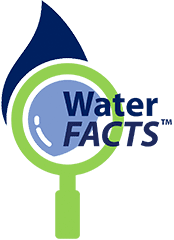Legionella, a type of bacteria, can thrive in man-made water systems, posing a serious health threat. It causes Legionnaires' disease, a severe form of pneumonia, and Pontiac fever, a flu-like illness. Fortunately, proactive maintenance strategies can significantly reduce the risk of Legionella growth in your water supply. This message will explore preventative maintenance practices and the crucial water quality parameters to monitor for optimal legionella control.
